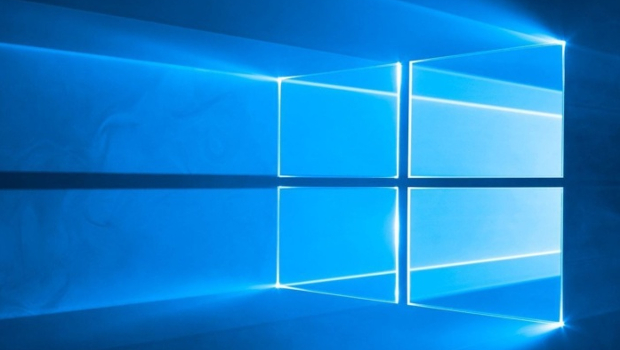A kind of sanity returned to Windows’ status in May as the outgoing Windows 7 finally dropped some significant user share while Windows 10 padded its tally.
According to US-based analytics vendor Net Applications, Windows 7 sloughed off 1.8 percentage points last month, accounting for 41.8% of the user share of all personal computers and 47.3% of all those running Windows in May. (The second number is larger than the first because Windows powered 88.4% of all PCs, not 100%.)
May’s decline was the largest in nearly two years, excepting a late-2017 reset when Net Applications purged its data of criminal bot traffic.
The change from past months was dramatic: In both March and April, Windows 7 gained ground, exactly the opposite of what Microsoft wants to see as it pushes customers to adopt Windows 10 and rid themselves of the older Windows 7.
Meanwhile, Windows 10 increased its user share last month by nine-tenths of a percentage point to reach 34.7% of all PCs, and 39.3% of all Windows personal computers. That, too, was in contrast to the two months prior, during which Windows 10 backtracked by a total of eight-tenths of a point.
The news for Microsoft may have been good in May, but long term, the outlook is still unsettled. Basing a forecast on Windows’ past 12 months movement, Computerworld estimates that Windows 7 will account for nearly 35% of all active Windows editions in January 2020. At that time, Windows 10 should power 57% of all Windows laptop and desktop PCs.
The latest numbers advanced the crossover point for Windows 10 – when the newer OS will run a larger percentage of all Windows PCs than the older edition – from February 2019 (using April’s numbers) to November 2018. The latest trend line for the two operating systems shows that at the end of this year, just 12 months from Windows 7’s retirement, Windows 10 will run 45.6% of all Windows systems, while Windows 7 will power 43.2%.
Elsewhere in Net Applications’ data, the user share of Windows 8 and Windows 8.1 – long combined by Computerworld – stayed steady in May at 6.5% of all personal computers and 7.3% of those PCs running a Windows flavour. The 2012 (and for Windows 8.1, 2013) operating system accounted for about the same fraction of last month’s Windows-based online activity as the ancient Windows XP, which still held a 5% user share.
Within a year, Windows 8/8.1 should drop below 5%, another confirmation that the OS was a flop. The dramatically different OS peaked in November 2014 at around 18%, or several percentage points lower than the top mark of 2007’s much-derided Windows Vista.
Also, in May, user share for Apple’s macOS fell by two-tenths of a percentage point, to 9%, after climbing almost that same amount in April. Linux, whose loyalists have perennially touted the open source OS as the cure to the world’s ills, recorded a one-tenth percentage point boost in May, returning to the plus side of 2% after two months below that bar.
Net Applications calculates user share by detecting the agent strings of the browsers people use to visit its clients’ websites. It then tallies the visitor sessions – which are effectively visits to the site, with multiple sessions possible daily – rather than count only users, as it once did. Net Applications thus measures activity most of all, although differently than rival metrics sources which focus on page views.
IDG News Service







Subscribers 0
Fans 0
Followers 0
Followers